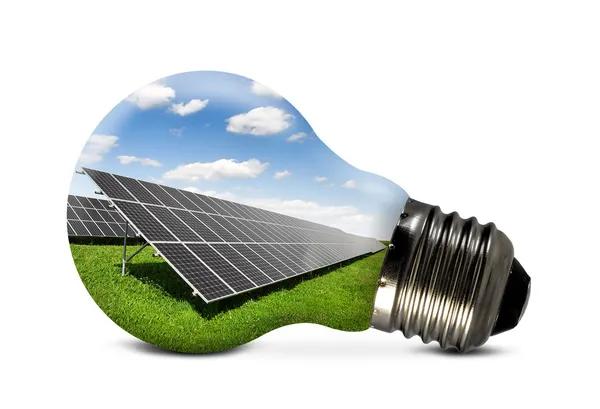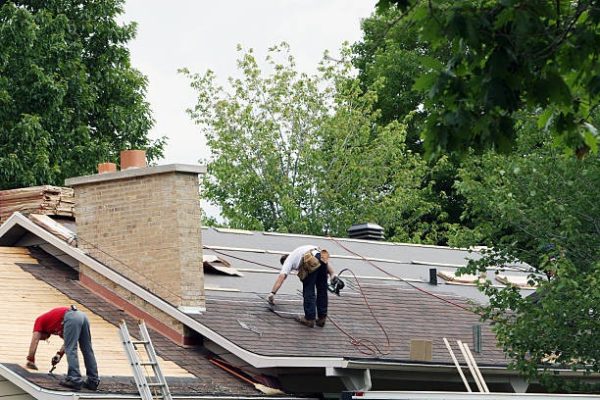How Weather Conditions Impact Solar Panel Installation
Solar panels are an effective and sustainable means of generating electricity. They harness the sun’s energy to produce electricity, which can then be used to power homes and businesses. However, the efficiency of solar panels is often influenced by weather conditions.
The primary factor that impacts solar panel installation is sunlight exposure. Solar panels need direct sunlight to generate maximum output. Overcast or cloudy conditions can reduce their efficiency significantly as they limit the amount of sunlight reaching the panels. Therefore, it’s crucial for potential solar panel owners to consider their geographical location and typical weather patterns before installing these systems.
Extreme temperatures also affect a Solar Battery Backup panel’s performance. While they thrive in sunny environments, high heat levels can decrease their productivity. Solar cells’ output decreases as temperature increases beyond optimum levels because excessive heat causes a reduction in voltage output and increases resistance within electrical circuits.
Moreover, wind speed and direction play significant roles in determining the effectiveness of your solar panel system. While mild winds help cool down overheated panels thereby improving their performance, excessively strong winds might cause physical damage like loosening or dislodging them from their mountings if not properly installed.
Snowfall presents another challenge for those living in colder climates as snow accumulation on the surface of solar panels blocks sunlight penetration reducing energy production drastically until cleared off.
Rainy seasons may seem detrimental; however, they actually have a positive effect on solar power generation over time because rain helps clean dust particles off from the surface of photovoltaic cells allowing more light absorption hence increasing overall efficiency.
Hailstorms pose a threat too due to potential physical damage caused by hailstones striking against delicate photovoltaic cells but modern-day manufacturers design these installations with protective measures against such occurrences ensuring durability even under harsh weather conditions.
Despite these challenges posed by varying weather conditions, advancements in technology have led to improved designs capable of withstanding adverse climatic situations while maintaining optimal functionality. For instance, bifacial solar modules that capture light from both sides can still generate power even when one side is covered by snow.
In conclusion, while weather conditions significantly impact the efficiency and durability of solar panels, proper installation and maintenance coupled with technological advancements can mitigate these effects to a large extent. It’s essential for potential owners to understand their local climate and work with experienced installers who can advise on the best system design for their specific situation. By doing so, they ensure maximum energy generation from their solar panel installations regardless of the prevailing weather conditions.
Green Wave Solar
231 W Rutherford Blvd, Murfreesboro, TN, 37130
615-237-1737





0